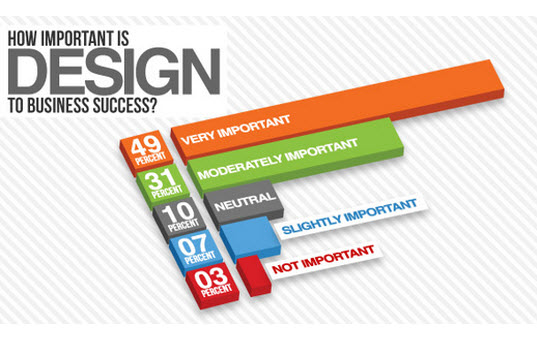Fascinated In Learning Just How Website Layout Has Transformed For Many Years? Discover The Trip
Fascinated In Learning Just How Website Layout Has Transformed For Many Years? Discover The Trip
Blog Article
Created By-Kahn Hyldgaard
In the past, internet sites were straightforward and focused on information. Navigation was direct, and layout was for desktops. Now, individual experience is key. Information overviews layouts for easy navigating. Responsive formats suit different devices. Today, dark setting minimizes stress, and minimal food selections improve navigating. Interactive features involve individuals, and bold visuals attract attention. AI assimilation increases interaction. See how style has evolved to enhance your on-line journey.
Very Early Days of Web Design
In the very early days of web design, simpleness reigned supreme. Internet sites were standard, with restricted colors, fonts, and designs. The emphasis was on supplying info as opposed to showy visuals. Individuals accessed the net with slow dial-up connections, so rate and performance were crucial.
Navigating food selections were straightforward, generally located on top or side of the web page. Sites were developed for desktop, as mobile surfing wasn't yet widespread. Content was king, and developers prioritized simple readability over complex layout elements.
HTML was the main coding language made use of, and designers had to function within its restrictions. Animations and interactive features were minimal contrasted to today's requirements. Internet sites were fixed, with little vibrant content or individualized user experiences.
Rise of User-Focused Style
With the evolution of internet site layout, a shift in the direction of user-focused style concepts has come to be progressively popular. please click the next webpage , producing websites that focus on user experience is essential for involving site visitors and achieving organization goals. User-focused layout involves understanding the requirements, choices, and actions of your target market to tailor the site's layout, content, and includes accordingly.
https://www.socialmediatoday.com/news/new-linkedin-data-shows-the-top-digital-marketing-skills-currently-in-high/618512/ carry out comprehensive study, such as user surveys and use screening, to collect insights and comments directly from customers. This data-driven technique helps in developing user-friendly navigating, clear calls-to-action, and visually enticing user interfaces that reverberate with visitors. By placing the customer at the facility of the layout process, web sites can supply an extra individualized and delightful experience.
Receptive style has actually additionally become a crucial facet of user-focused design, ensuring that internet sites are optimized for various devices and display sizes. This adaptability boosts ease of access and functionality, catering to the varied methods individuals connect with internet sites today. Fundamentally, the rise of user-focused design symbolizes a shift towards creating digital experiences that prioritize the demands and expectations of the end user.
Modern Trends in Website Design
Discover the most up to date fads shaping website design today. One popular trend is dark setting design, providing a streamlined and modern-day look while reducing eye stress in low-light settings. One more essential trend is minimal navigating, streamlining menus and improving user experience by focusing on essential elements. Including micro-interactions, such as animated switches or scrolling results, can produce a more interesting and interactive web site. Receptive layout remains important, ensuring seamless customer experiences throughout different tools. Furthermore, utilizing strong typography and asymmetrical formats can add visual passion and accentuate details content.
Incorporating AI technology, like chatbots for consumer assistance or personalized recommendations, boosts individual involvement and streamlines procedures. Availability has likewise become a substantial trend, with designers prioritizing inclusive layout methods to accommodate varied user requirements. Embracing sustainability by optimizing website performance for rate and efficiency is another emerging fad in web design. Collaborating with individual responses and data analytics to repeat and boost style continuously is vital for remaining relevant in the ever-evolving electronic landscape. By welcoming these contemporary patterns, you can develop a visually enticing, easy to use internet site that reverberates with your target market.
Verdict
As you reflect on the evolution of site design from the early days to currently, you can see exactly how user-focused style has actually become the driving pressure behind modern-day trends.
Embrace the trip of change and adjustment in website design, constantly maintaining the individual experience at the leading edge.
Keep present with the most up to date fads and modern technologies, and never ever quit advancing your technique to produce aesthetically spectacular and user-friendly sites.
Evolve, adjust, and create - the future of web design is in your hands.
